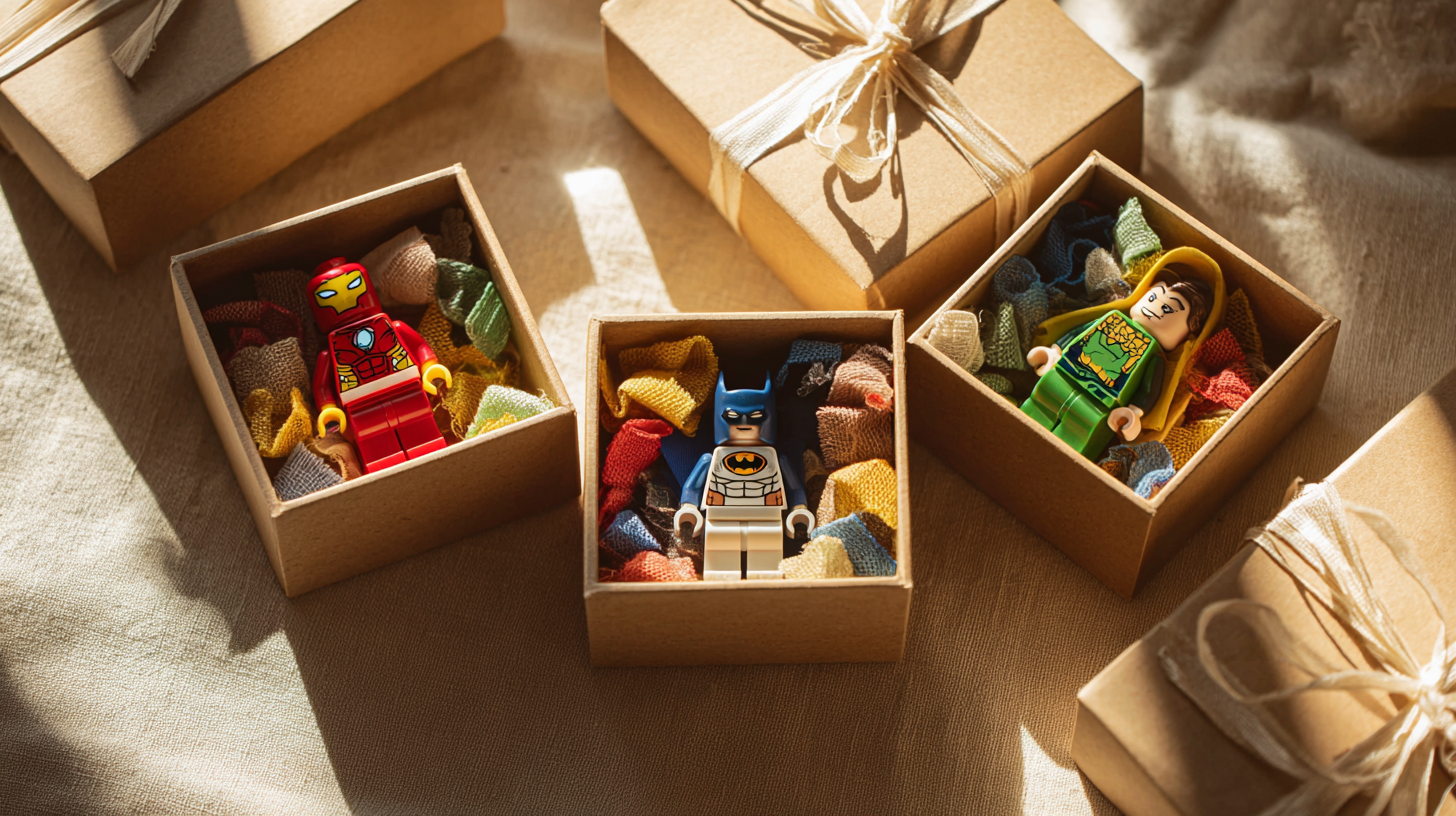
Minifig Gift Packs: quick bundles for every personality
Introduction – stop guessing and start gifting Every December I promise myself I’ll avoid the last-minute gift dash. Then I stare at my list, blank.
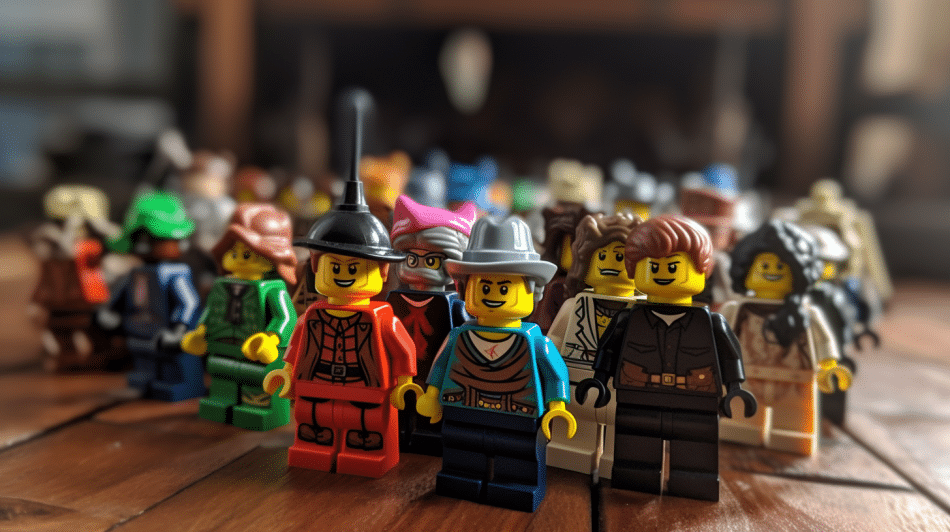
The LEGO minifigures have been a source of inspiration and joy for generations of builders. These little plastic figures have become an iconic part of the LEGO brand, and their evolution over the years is a testament to the company’s commitment to innovation and creativity.
One of the most significant milestones in the evolution of LEGO minifigures was the introduction of different skin tones. In the 1980s, LEGO recognized the importance of diversity in its products and began to create minifigures with various skin colors, including yellow, brown, and black. This change reflected the real world, where people come in all shapes, sizes, and colors, and it helped make the LEGO building experience more inclusive and relatable.
As the 1990s rolled around, LEGO continued to innovate with its Minifigures. The company introduced new accessories, such as hairpieces and hats, allowing builders to further personalize their characters. The hands were also redesigned, with a new peg-and-hole system allowing greater customization of the accessories. These changes made the mini figures even more engaging and brought excitement to the LEGO building experience.
In the early 2000s, LEGO took another big step forward in the evolution of its minifigures by introducing licensed characters to its line-up. This included popular franchises such as Star Wars, Harry Potter, and Marvel. The introduction of licensed characters made LEGO building sets even more appealing to fans of these franchises and helped bring even more excitement to the LEGO building experience. The company also introduced the first collectible series of minifigures in 2010, which included a range of unique and highly detailed characters.
In the late 2000s and early 2010s, LEGO continued to push the boundaries of what was possible with its Minifigures. The company introduced special molds for accessories such as weapons and helmets, allowing for greater design detail and accuracy. The printing techniques also advanced, with the ability to print on multiple surfaces of the Minifigure, including the arms and legs. This allowed for greater customization and personalization, giving builders even more control over their creations.
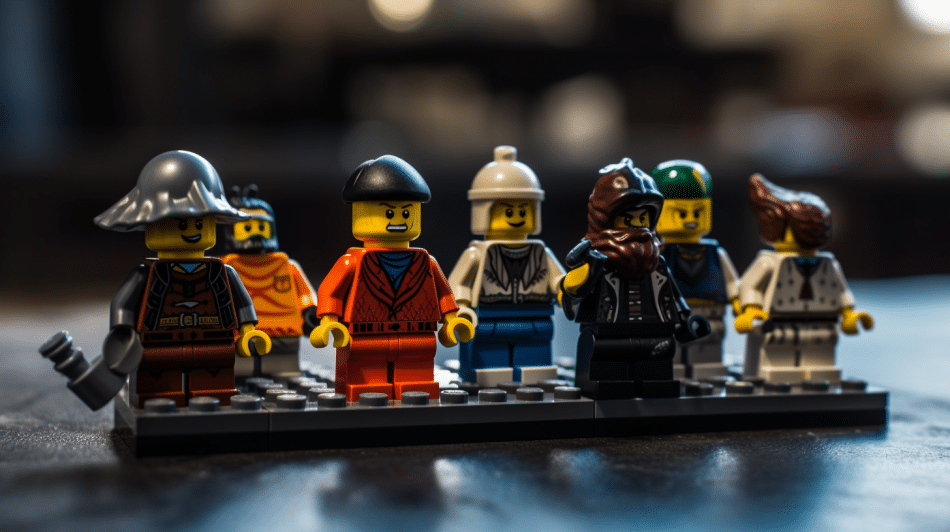
In recent years, LEGO has focused on sustainability and inclusivity in its products. The company has committed to using sustainable materials in its packaging and products and has introduced a range of minifigures with disabilities and diverse backgrounds. These changes reflect the company’s commitment to creating a more sustainable and inclusive world and have helped make the LEGO building experience even more enjoyable and relevant to a broader range of consumers.
The evolution of LEGO minifigures has been a long and fascinating journey, and there is no doubt that the future will bring even more exciting innovations and changes. From the simple yellow figures of the 1970s to today’s highly complex and diverse characters, the minifigure has become an essential part of the LEGO experience. With its commitment to sustainability, inclusivity, and innovation, LEGO will remain a beloved toy for generations to come.
In conclusion, the evolution of LEGO minifigures has been a long and fascinating journey. From the simple yellow figures of the 1970s to today’s highly complex and diverse characters, the minifigure has become an essential part of the LEGO experience. With a focus on sustainability and inclusivity, the future looks bright for this beloved toy. LEGO minifigures have come a long way, and it is exciting to think about what innovations and milestones are yet to come.

Introduction – stop guessing and start gifting Every December I promise myself I’ll avoid the last-minute gift dash. Then I stare at my list, blank.
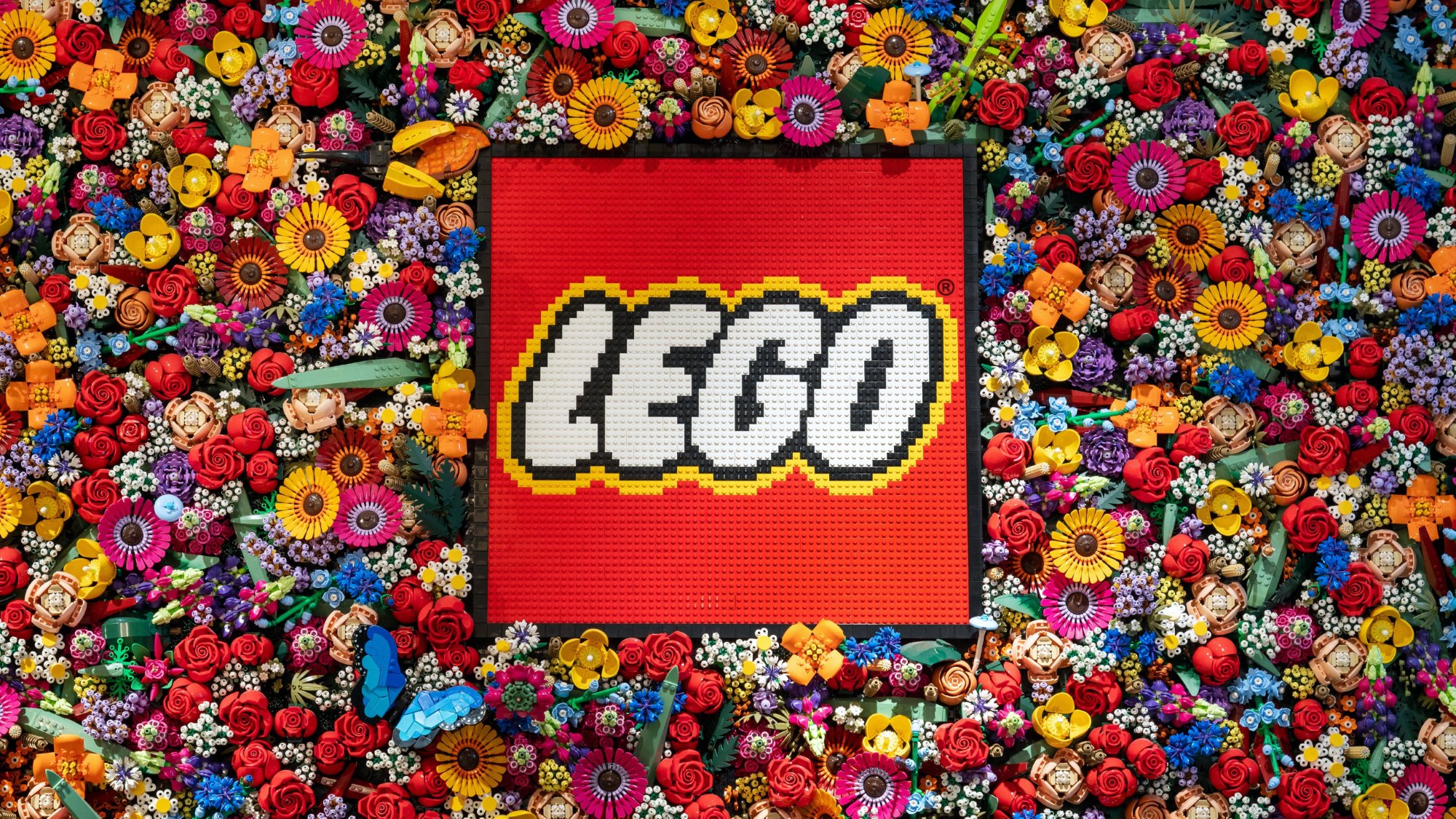
“Play is not frivolous. It is how we learn.” Those words from the late educator Seymour Papert echo through LEGO’s history. On 26 June 2025, TIME put that idea
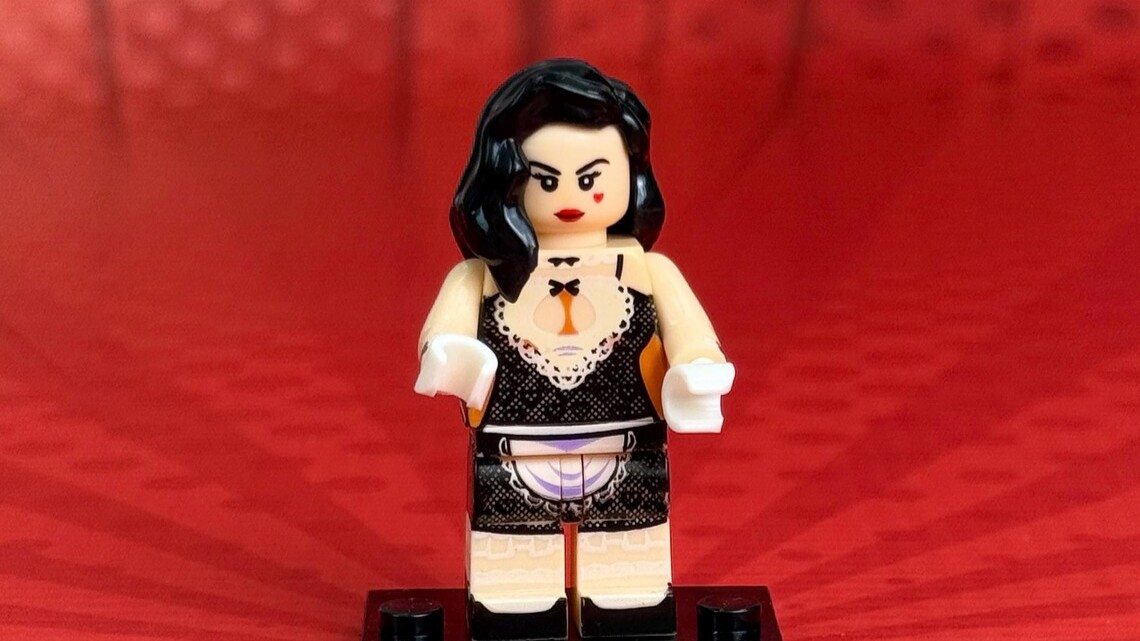
I remember the first time I came across a suspicious minifigure. It felt light in my hand, and the print on its torso looked slightly
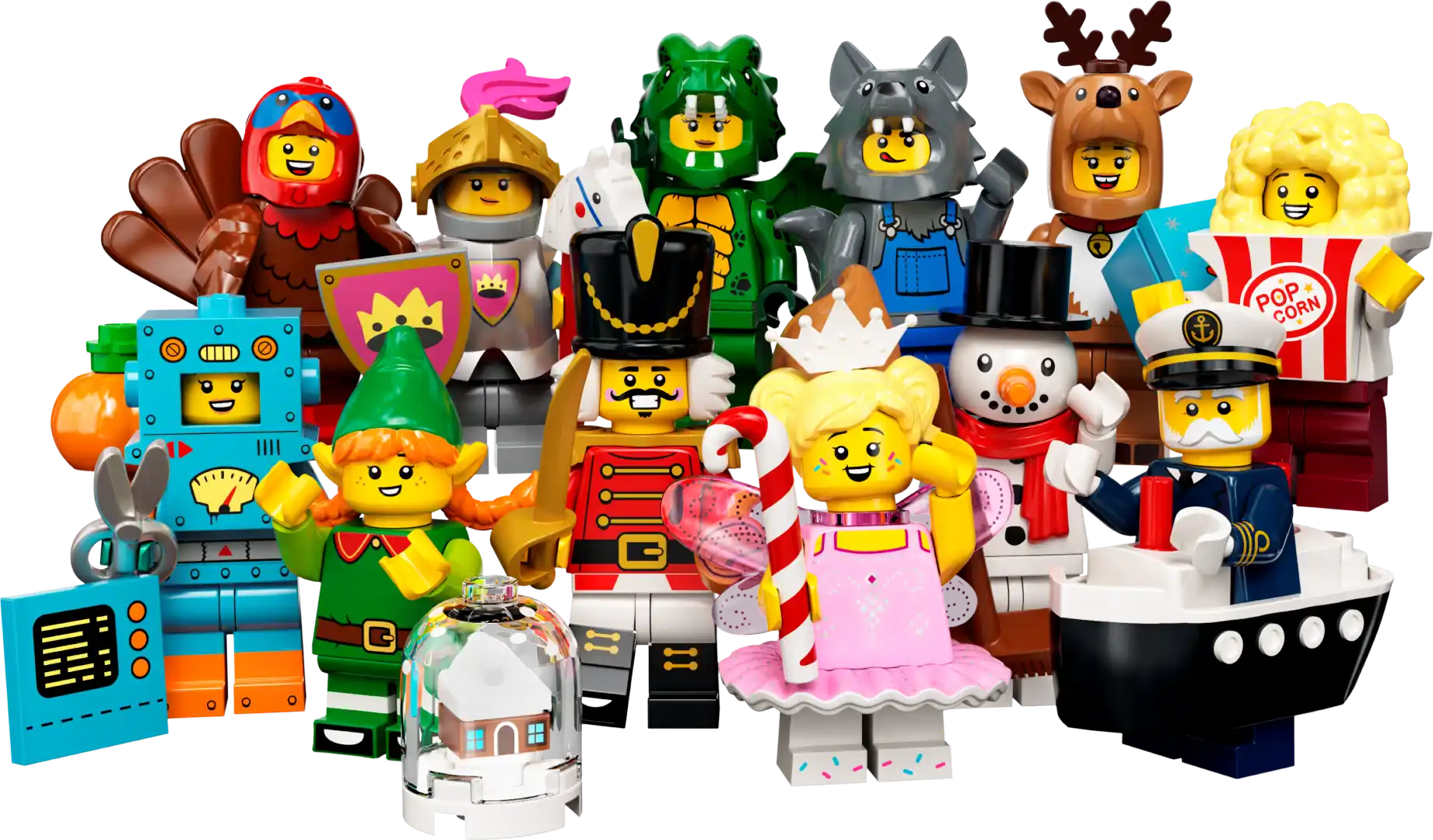
There’s something satisfying about building a unique character from a few simple bricks. Maybe you want a figure that looks like your favorite video game
© 2022 All rights reserved. LEGO® is a trademark of the LEGO Group of companies which does not sponsor, or endorse our products
Made with ❤ by Minifig.biz